We’ve gone into plenty of detail on specific areas of car cleaning over the past few months, but everything we’ve covered so far has been from what you might call the ideal perspective of having all the necessary equipment and a suitable space to give your car some proper attention.
But I think it’s worth covering car cleaning for those with less than ideal circumstances. Let’s say you live in a flat for instance and your car lives on the street, or all you have outside your house is a basic hose rather than any serious cleaning kit.

I’ll start by saying that obviously, some of the methods and techniques we’re about to cover are certainly not ideal for the long-term preservation of paintwork – I’d not use them on cars about to attend a concours, for example!
But someone whose daily driver has 75,000 miles and gets used to carry kids and pets about may have very different requirements and expectations. There are numerous ways to clean a car to a satisfactory level, and with a bit of technique you can still achieve good results.
Basic level cleaning
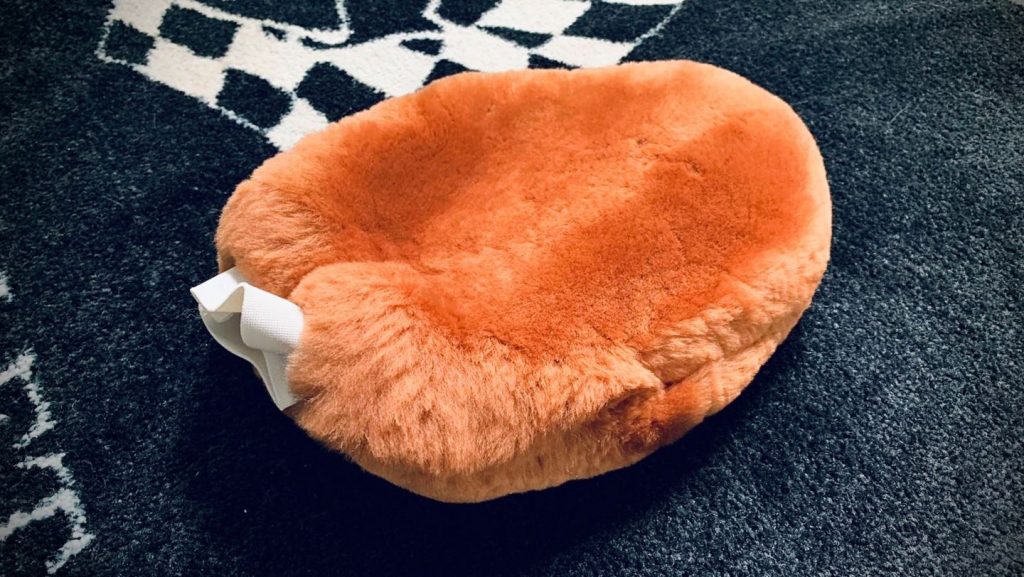
This is what I’d call a worst-case scenario, where your circumstances are less than ideal for cleaning, with no means of getting sufficient water supply to the car. At the same time, we can assume you still look after it, and get a chance to clean it once every week or two.
You can still do a good job with just four things. A large bucket of warm water with a grit guard, a wash mitt, and two microfibre cloths. You don’t even need any soap or cleaning products.
Dip the wash mitt into the warm water and then wring it out slightly so it’s damp rather than wet, and very gently, very lightly rub it in straight lines on the roof from front to back or back to front, then do the same on the other side. Then, get one of your clean microfibre towels, holding a corner with each hand, and lay it flat on the roof, gently pulling it towards you to allow the fibres to absorb the water. With the other microfibre, buff the areas you’ve dried.
Repeat this technique with all the glass, then the upper panels, and work your way down to the bottom of the car, using the mitt to clean the surface, one microfibre to dry it, and the other to buff it.
When you reach the sills it’s likely the water will be getting dirtier – which makes that grit guard essential, as when the water gets low it’ll stop you picking up dirt from the bottom of the bucket. By the time you get to the wheels, I’d now use the microfibre you’ve been using to dry to clean the spokes, and the one you’ve been buffing with to dry them off. You can then use the buffing cloth to finally go around the door shuts and inside the filler cap.
Obviously here we don’t have anything specific for cleaning the interior – but you can still remove the mats, bash off the dust, and maybe use your microfibre cloths to lightly clean the steering wheel, gearknob and so-on.
Water, water, everywhere
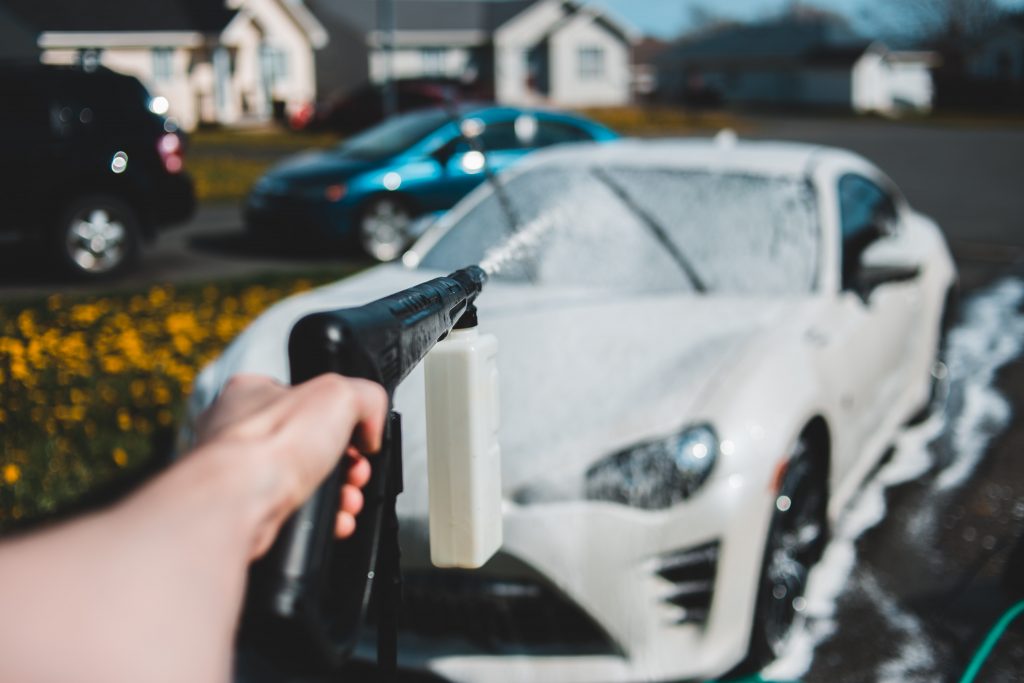
For this next stage I’m going to assume you have a water supply and a hose that reaches the car. That means that you can ideally now use that hose to thoroughly rinse the car before any other cleaning, to remove as much debris as you can.
At this point, you’re closer to what I’d call the usual “safe” washing routine – two buckets with grit guards, soapy water, wash mitts, wheel cleaners, and dedicated wheel brushes and the like. With access to running (and nearby) water, you can do a much more thorough job – and can get away with cleaning the car less regularly as a result!
With a water supply you might also look into getting a trigger attachment for the hose to develop some pressure from the mains water. With a power supply, you might even consider a jet washer, and that can then form the basis for a snow foam attachment – and by that point, you can combine everything from the previous scenarios, remembering to always start at the top and work down, starting with the cleanest areas and ending with the dirtiest, like the wheels.
Cleaning products
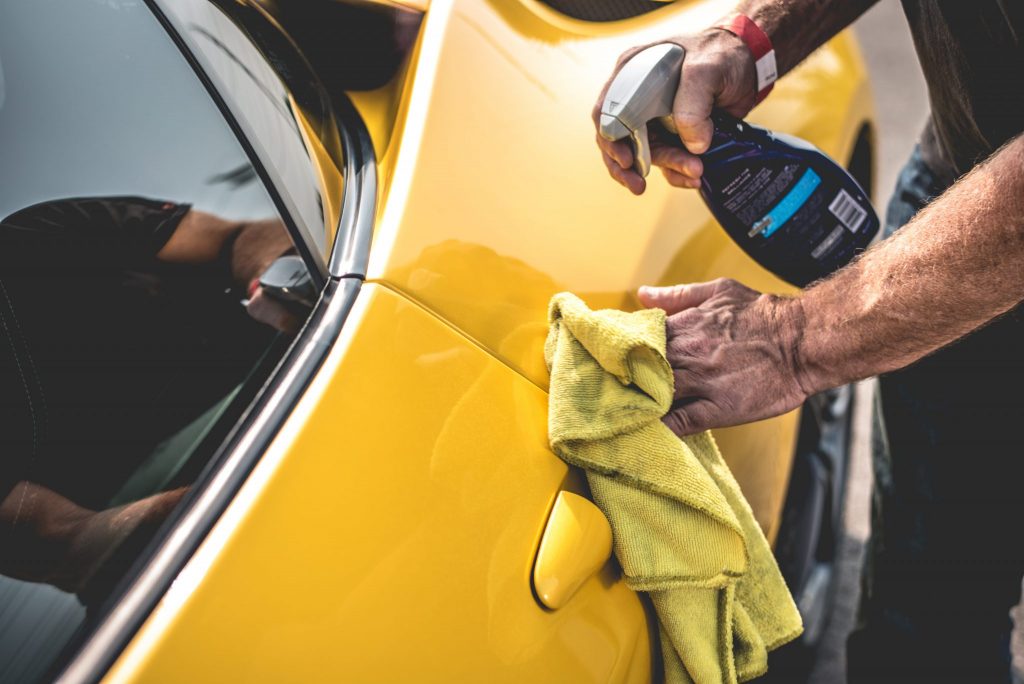
I’m assuming with the first, simplest method that you haven’t got many other cleaning products around, like glass cleaners, polishes and the like. But it’s useful to have products like that, and they’re particularly useful if you’re going somewhere where its appearance is important, such as a show.
In that instance, it’s well worth taking a few microfibre cloths with you, some waterless car cleaning sprays (often known as quick detailers, detailing spray or quick shine).
When you get to the event, you can carry out a kind of basic, level one car cleaning. Start with the roof once again, spray it with the quick detailer, and then use the microfibre cloth to wipe the surface – turning it regularly as it’s likely to get grubby or dusty. And like the basic cleaning method above, simply work your way down the car, starting with the cleanest areas and ending with the dirtiest, like the sills.
It’s worth pointing out though that the simplest methods aren’t necessarily the quickest! You’re often working a lot slower because you have to be more delicate. I’d estimate the basic cleaning above will take about an hour for the average family car, while a full, pro-level clean with all the equipment would be around 90 minutes.
Once again, the advice above is not to be interpreted as professional-level detailing – but if you have limited resources, it’s still possible of returning good results.
Read more
Elbow Grease: Don’t let wheel cleaning get you in a spin
Socket Set: Compressors, your best friend in the workshop?
Reviewed & Rated: Touch-up paint kits
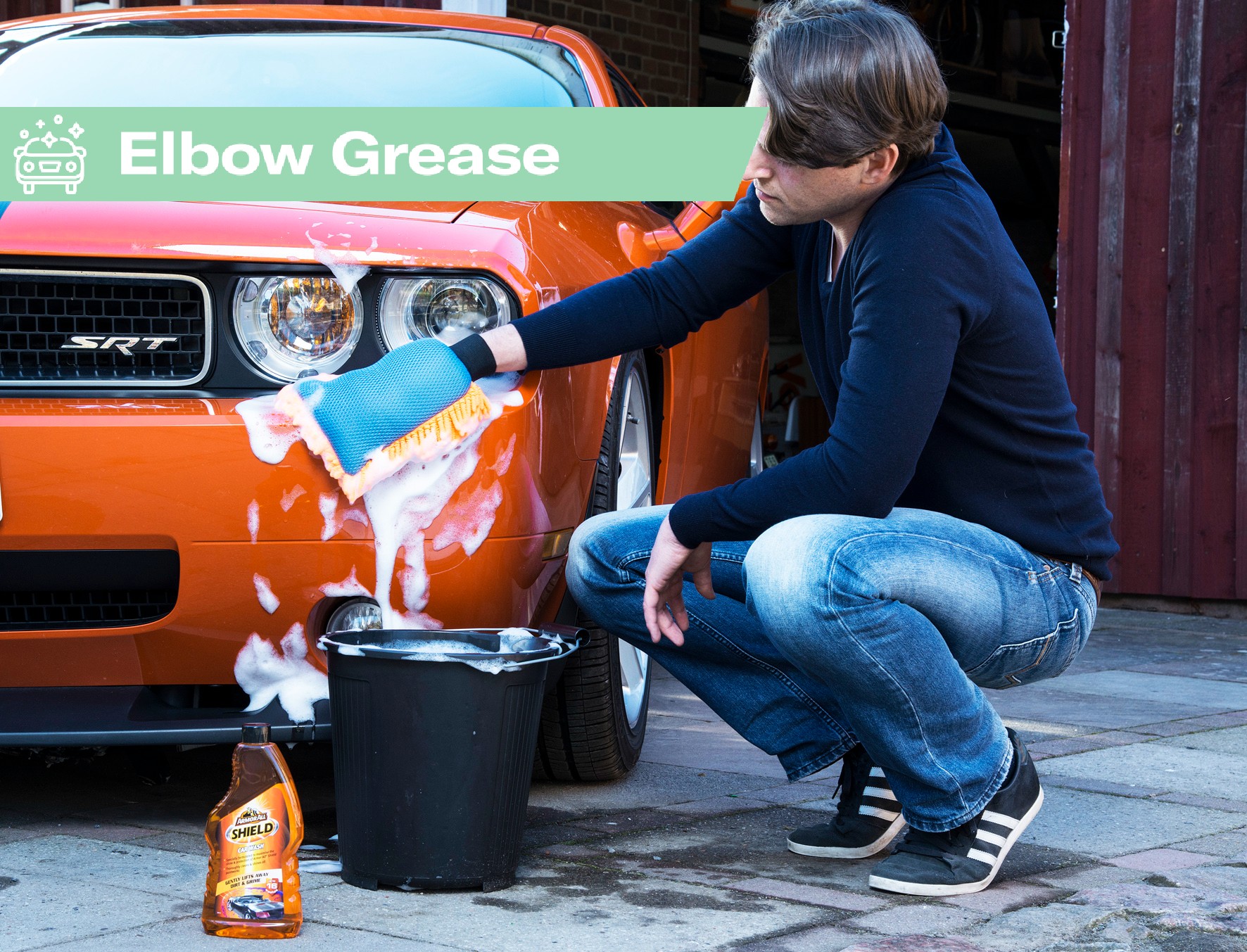

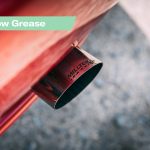







You dIdn’t mention cleaning the car with rainwater and finishing/drying it off with a chamois leather It’s the best you can use, pure water with no additives. It leaves no ‘streaks’ or residue and if you’re pressed for time you can forget the leathering.
Using this method has kept my 41 year old Mercedes 280 CE looking great after 219,000 miles on the road.
I almost always wash my car in the rain. The rain softens the dirt then the wash over with “wash and wax” does its job then leave the car in the rain to rinse off naturally.